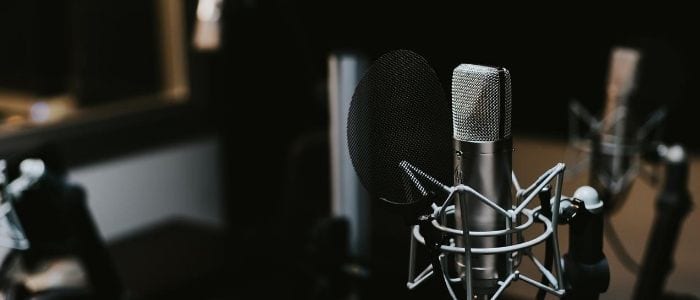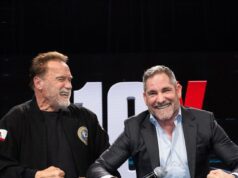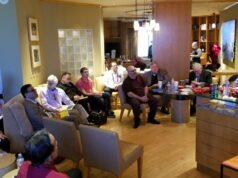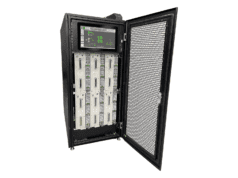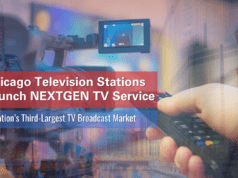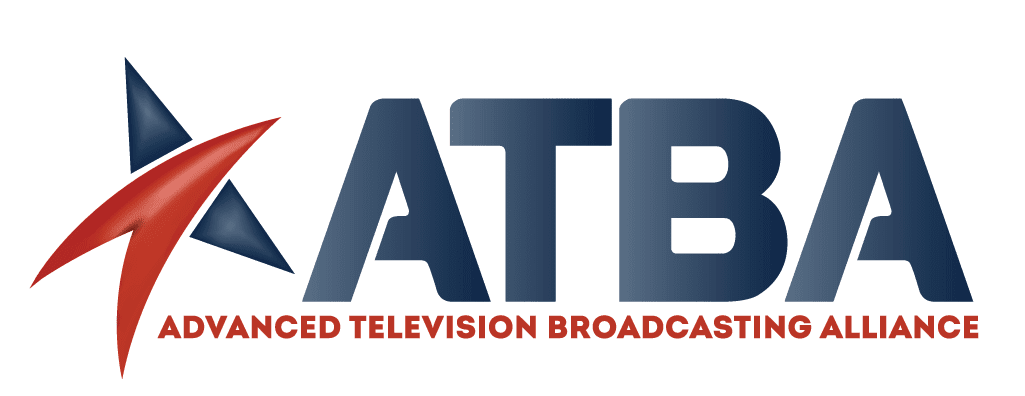Over-the-air TV, like broadcast radio, is the cheapest and fastest way to communicate to large audiences. These are one-way communication systems where the whole audience gets the same thing simultaneously.
It is possible to separate parts of the audience using the Alternate Frequency System available in DRM and DAB+ digital radio, which can specify areas as small as 7 x 7 kilometers (4.35 miles x 4.35 miles). It requires GPS to be automatic from the user’s perspective, but it won’t work indoors since the needed satellite GPS reception is blocked.
Since broadcasting and OTA are one-way systems, how and where are the data to make appropriate individualized advertising to be gathered? Smart TV’s microphones and cameras? Existing smart speakers provide data, which could be sold, which will enable control like cable TV companies have had.
Is the broadcast industry ready for the privacy issues of having microphones and cameras always on while watching TV?
Dan Slentz in “What Can ATSC 3.0 Teach Radio?” suggests using the MAC address. Consider the data requirements to send for an audience of a million TVs and sending the different content data as well as the 48-bit MAC address a million times. How long would that take? The remaining available data rate available in HD Radio once the sound data has been used is tiny for additional content such as unique addressing and its unique information.
Read the whole story at RadioWorld.


